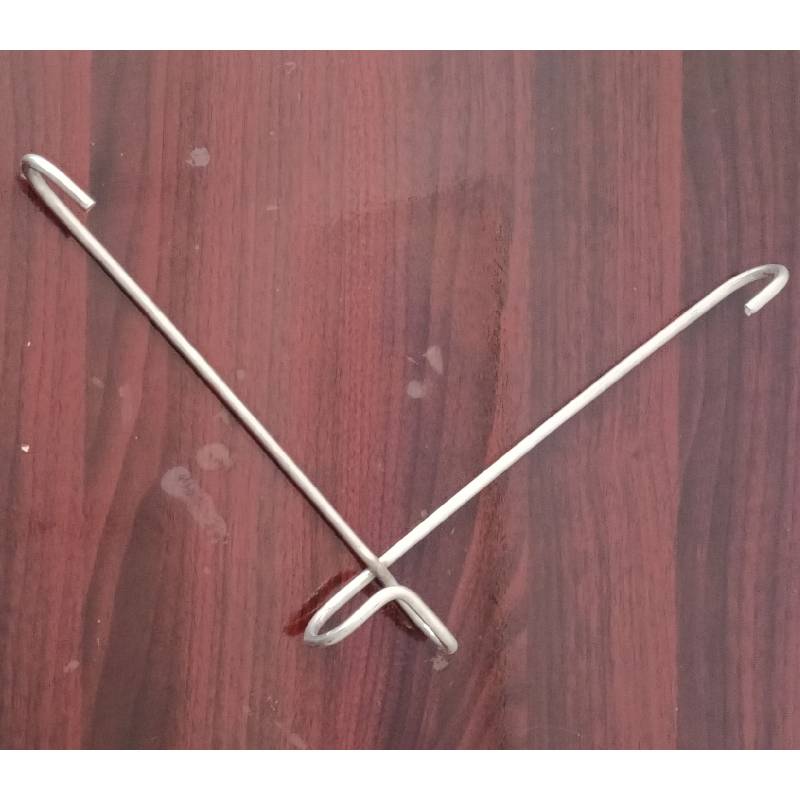
- Mobile Phone
- +8613931874955
- sales@cntcmetal.com
Exploring the Role of Wall Ties in Enhancing Blockwork Structural Integrity
Understanding Wall Ties in Blockwork A Comprehensive Overview
In the construction industry, the structural integrity and durability of buildings are crucial for ensuring safety and longevity. One significant aspect of this integrity lies in the use of wall ties in blockwork. These elements serve as essential connectors that enhance the stability and load-bearing capacity of masonry walls, particularly in the face of various environmental challenges.
Wall ties are typically galvanized steel or stainless steel components installed within the masonry walls to connect two or more layers of blocks or bricks. Their primary function is to maintain the alignment and structural cohesion of the wall system, effectively linking the outer wall to an inner support structure. This connection is vital, especially in applications involving cavity walls, where the outer layer must resist weather while the inner layer provides insulation and structural support.
The design and installation of wall ties are governed by strict building codes and standards to ensure they function correctly under various conditions. Proper spacing, material selection, and installation methods are critical factors that contribute to their effectiveness. Generally, the standard practice dictates that wall ties should be spaced no more than 600mm apart vertically and 900mm apart horizontally, although these distances can vary based on specific project requirements and regulations.
One of the key advantages of using wall ties in blockwork is their ability to accommodate differential movement between the layers of a wall. Buildings may experience expansion or contraction due to temperature variations, moisture changes, or settling. Wall ties facilitate this movement while supporting the wall's overall structural integrity, thereby preventing cracking or other forms of damage.
wall ties in blockwork

Additionally, wall ties play a vital role in enhancing the resistance of masonry walls to lateral forces, such as wind loads or seismic activity. In regions prone to earthquakes, the strategic placement of wall ties can significantly improve a building's capacity to withstand such forces, contributing to the overall safety of the structure.
It is also worth noting that the selection of wall ties should consider environmental factors. For instance, in coastal areas where corrosion is a significant concern, using corrosion-resistant materials, such as stainless steel, is essential. Furthermore, local building codes often specify certain types of ties based on the geographical area's risks and conditions.
In recent years, advancements in technology have led to the development of innovative wall tie designs that enhance their performance. For instance, some ties are now designed with unique features, such as built-in drainage systems that direct moisture away from the wall's core, further preventing water infiltration and improving the durability of the structure.
In conclusion, wall ties in blockwork are an integral element of masonry construction, providing essential support, stability, and resilience to buildings. Their proper installation and adherence to building regulations can significantly influence the performance and longevity of masonry walls. As construction practices evolve and new materials emerge, the ongoing improvement and understanding of wall ties will continue to be pivotal in ensuring safe and robust structures in our built environment. By acknowledging the importance of these components, builders and architects can work together to create safer, more enduring buildings that meet the demands of modern living.
share:
-
Your Source for Concrete Wall Ties and Masonry AccessoriesNewsJul.10,2025
-
Unlocking the Power of Iron Wire for Every ProjectNewsJul.10,2025
-
Explore Advanced Chain Wire and Stainless Steel Mesh FencingNewsJul.10,2025
-
Discover the Benefits of Annealed Wire ProductsNewsJul.10,2025
-
Discover China Stainless Steel Wire Mesh SolutionsNewsJul.10,2025
-
Build with Confidence Using High-Performance Masonry AccessoriesNewsJul.10,2025
-
Why Sacrificial Formwork Is Redefining Underground ConstructionNewsJun.06,2025



















